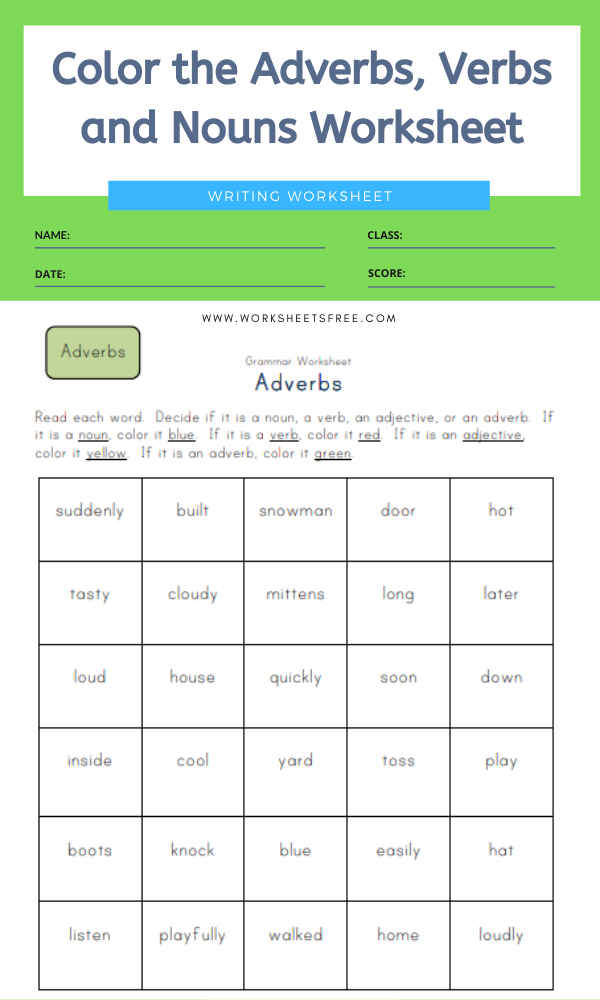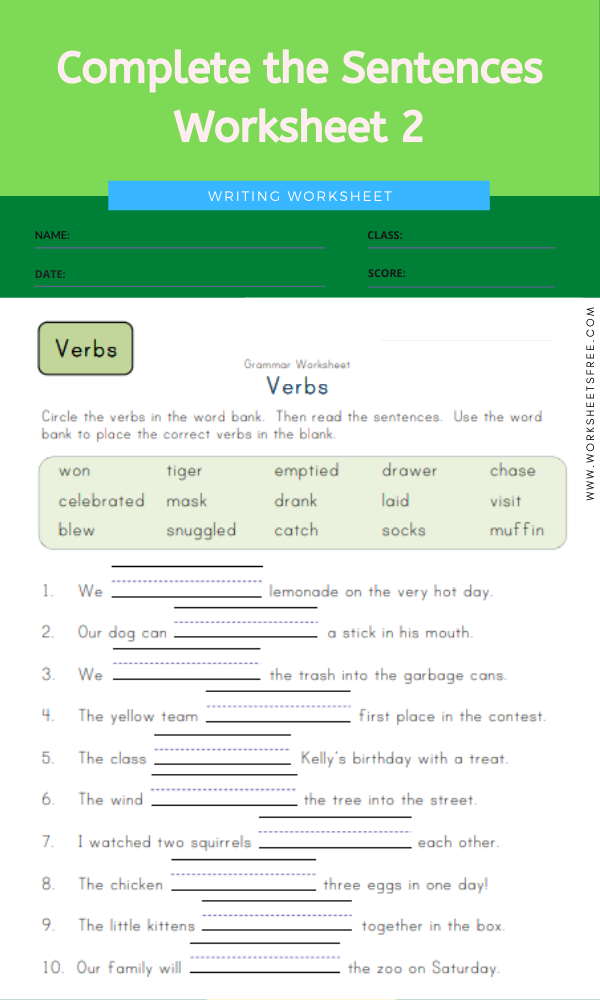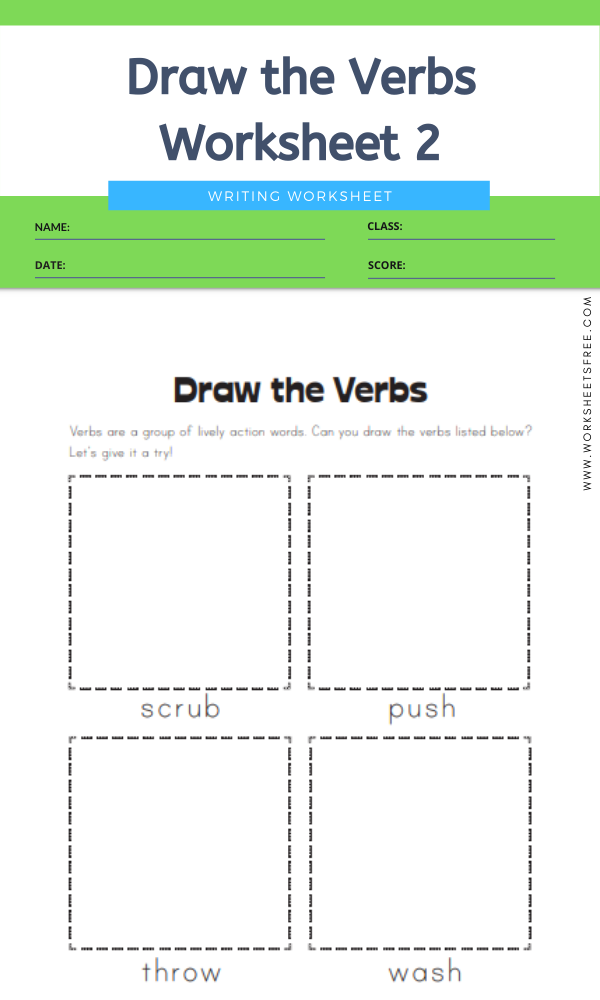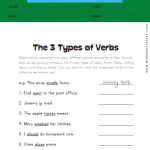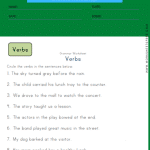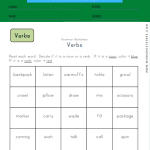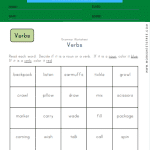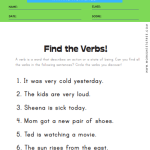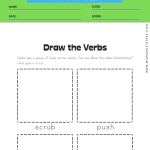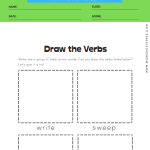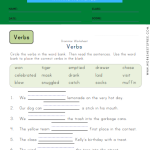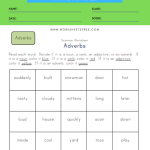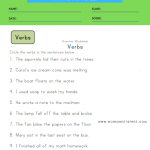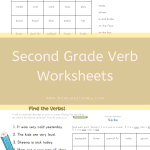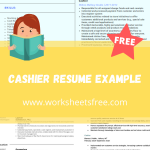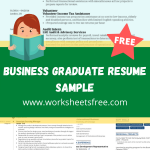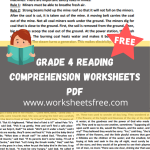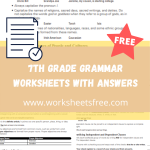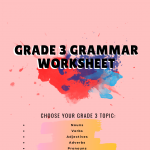Second Grade Verb Worksheets is an ideal way to learn the differences between nouns and verbs. It helps to teach children how to recognize the difference between verbs and nouns as they go through a sentence. Children need to learn to differentiate between nouns and verbs when they hear the words spoken. Therefore, to be successful in second grade, you will need to teach children how to do this before they start to learn how to read and write.
Second Grade Verb Worksheets
These worksheets provide practice in using verbs properly. We also introduce conjugation of verbs, verbs ending in ‘ed” and ‘ing’, action and linking verbs, and verb tenses (past, present and future).
When it comes to teaching second-grade students, both the teacher and the students need to know how to differentiate between the two. When teachers try to teach their students to differentiate between verbs and nouns, they often don’t get the message across effectively. Teachers often find themselves repeating themselves and doing all the work for the students. Although this is a good thing to do, the teacher is also wasting time. It is much easier for a child to learn how to differentiate between the two words if they are taught by the child, but the teacher needs to know how to do this first before teaching their students.
Circle and Color the Adverbs, Verbs and Nouns Worksheet
Find the Verbs Worksheet
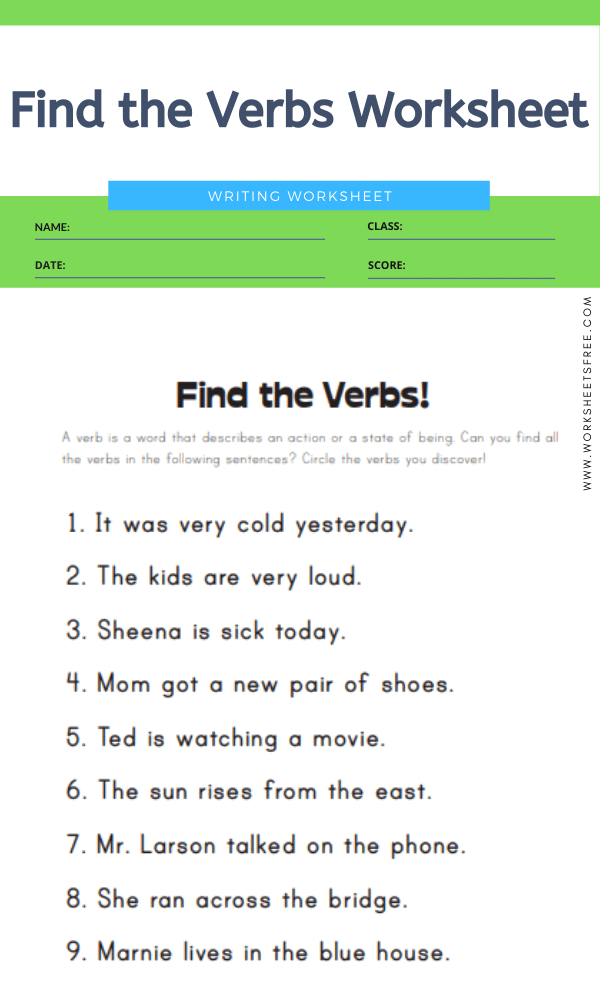
Therefore, teaching your students how to identify action words-verbs is not only important but it is essential. Without knowing how to distinguish between the two words, children cannot do anything. Therefore, teaching them how to differentiate between the two words is a crucial step in developing a solid foundation in vocabulary. Even if they know how to distinguish between the two words, they are likely not to use them much because they don’t know how to use them well.
Identify Nouns and Verbs Worksheet
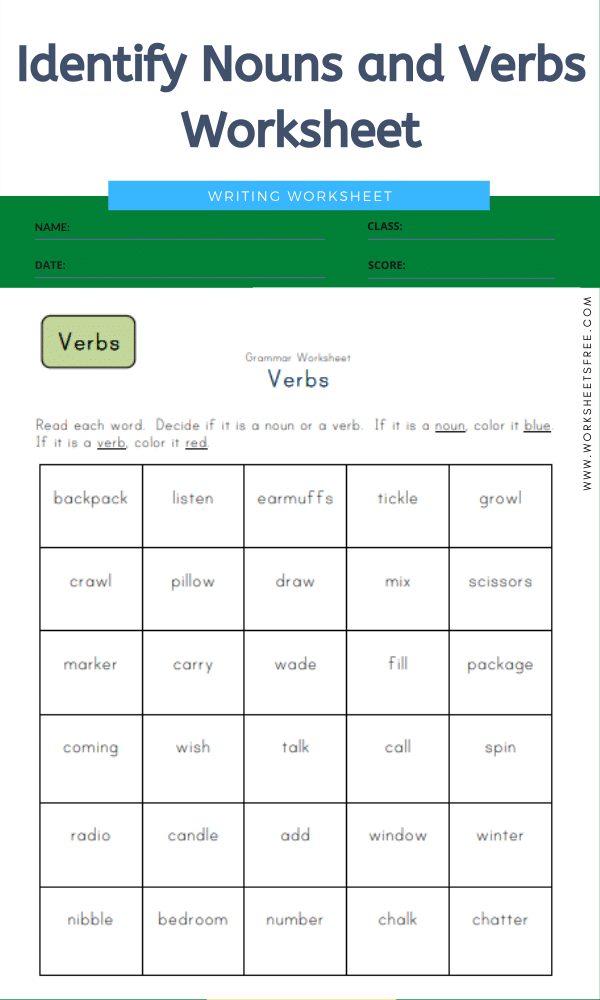
Second Grade Verb Worksheets comes in many different forms. You can choose worksheets that come in an instructional booklet, you can get worksheets that contain text and audio clips, or you can get worksheets that simply contain pictures or photographs. Whichever type of worksheet you buy, you will have no trouble getting children to learn how to differentiate between nouns and verbs when they hear them.
The 3 Types of Verbs Worksheet
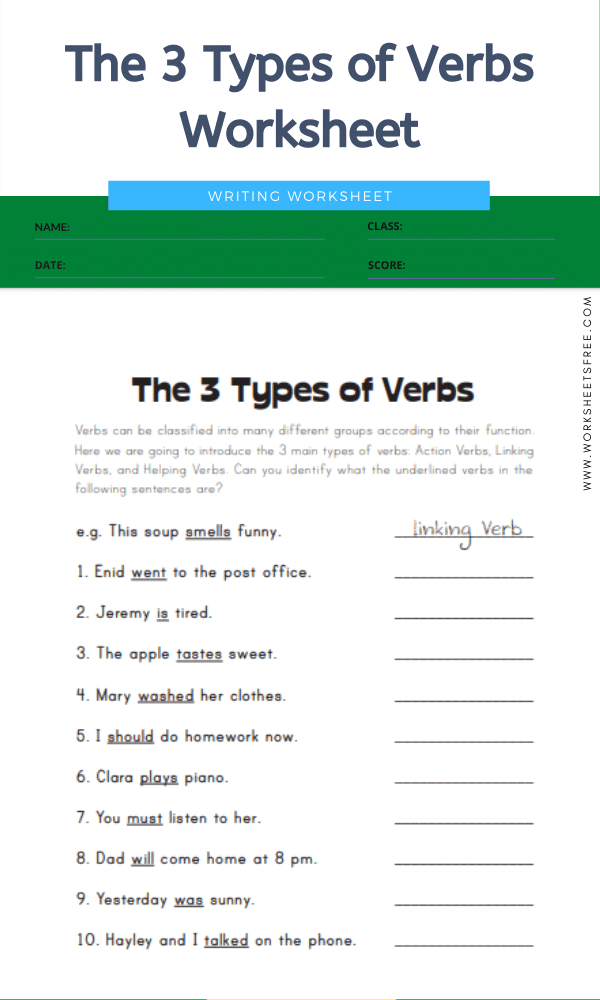
The most common worksheet that is available in the clicker device. It works because the clicker stimulates the use of the mouth and the finger. Children learn to differentiate between nouns and verbs through the sound that they make when they say the words. The clicker enables the teacher to keep track of what kids are saying as they practice.
Identify the Verbs Worksheet
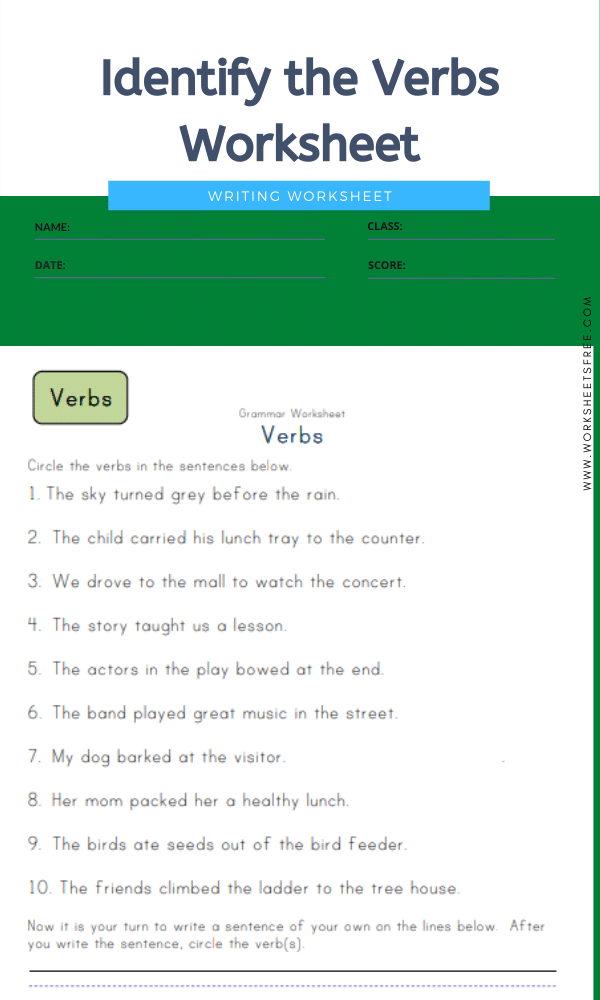
The clicker device has many advantages over other forms of second-grade worksheets. The clicker is something that the teacher can use to ensure that the children are learning how to differentiate between the two words. Parents can also use the clicker to control the rate at which the child is learning to differentiate between the two words. Therefore, there is no need for parents to feel like they are wasting their time with a worksheet that doesn’t allow them to control the pace of their child’s learning.
4+ Second Grade Verb Worksheets
There are many other advantages to using this form of a worksheet for second grade. Using an instructional booklet, for example, allows the teacher to make sure that all the information contained in the booklet is used before the child even starts to read the booklet. This can be very important because many parents feel that they do not need to read any information on a worksheet that they can get for free online.
In addition to clicker devices, some teachers like to use online video clips or other forms of visual aids. This is because they give children a great way to practice pronouncing and reading. However, the teacher still needs to explain the material in front of the children to make sure that they are properly learning.
Verb worksheets for second grade
Identifying and using verbs
- Verbs and nouns – identify verbs and nouns in word lists
- Identifying verbs – circle the verbs in the sentences
- Writing verbs – identify verbs and write new sentences with verbs
- Using verbs – use verbs to complete sentences
- Linking verbs – classify verbs as action words or linking verbs
Conjugating verbs
- Verbs ending in ‘ed’ and ‘ing’ – rewrite verbs with new endings
- Conjugating verbs – conjugate ‘to be’, ‘to go’, ‘to come’
- Commonly confused verbs – saw / seen; lie / lay / laid; is / are
Verb tenses
- Past tense – rewrite sentences in the past tense (regular ‘ed’ verbs)
- Irregular verbs – match the past and present tense of irregular verbs
- Write irregular verbs – write the past tense of irregular verbs
- Past, present or future – is the action in the past, present or future?
- Verb tenses – rewrite verbs in past, present and future tenses

